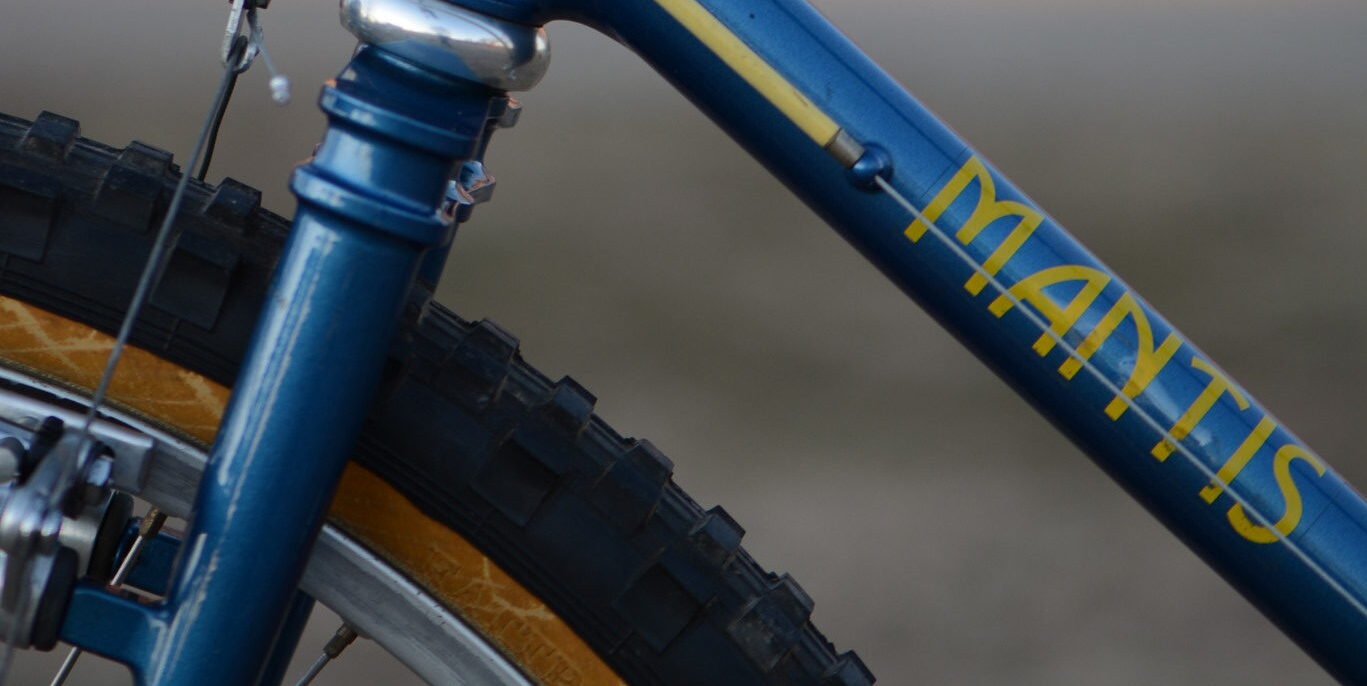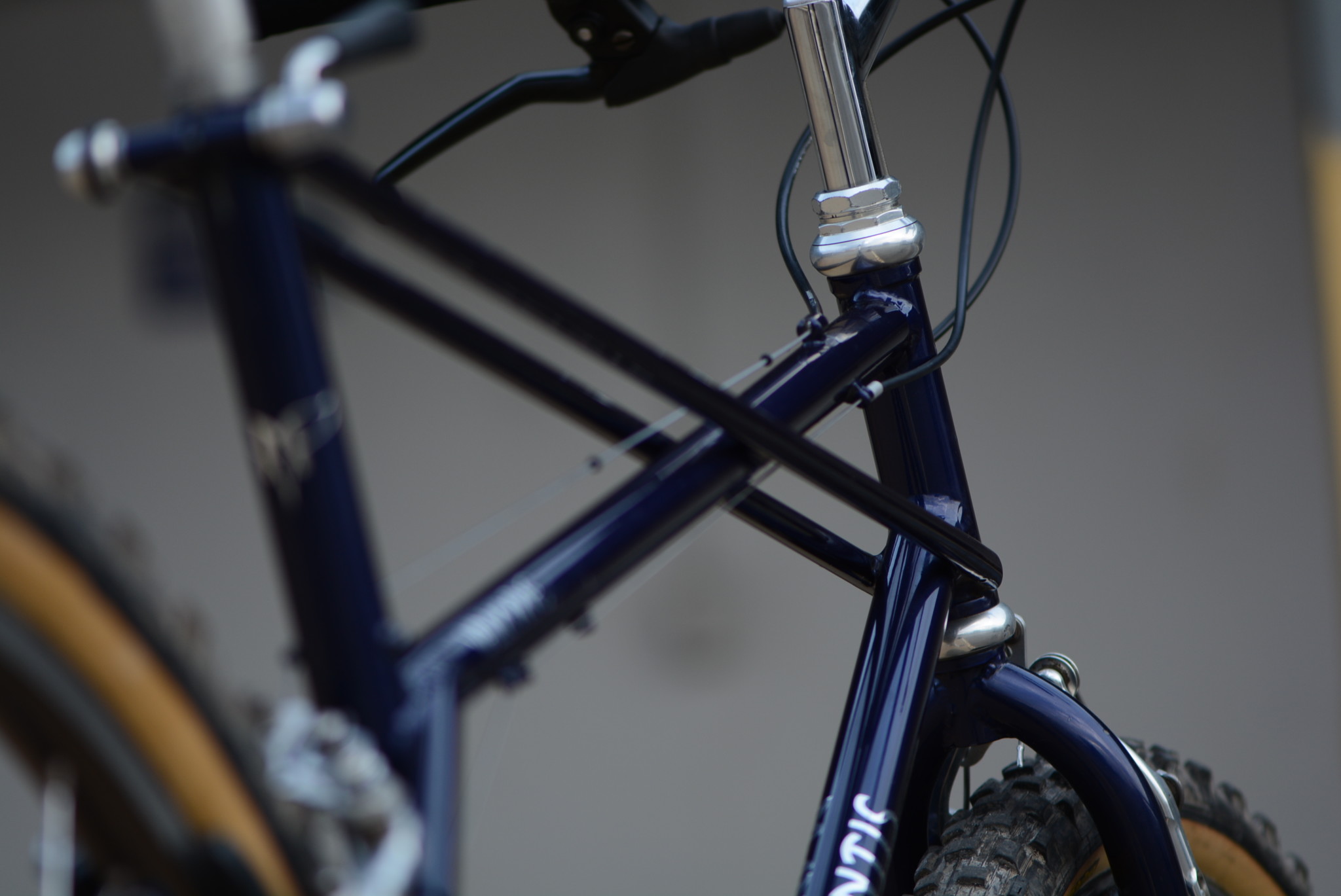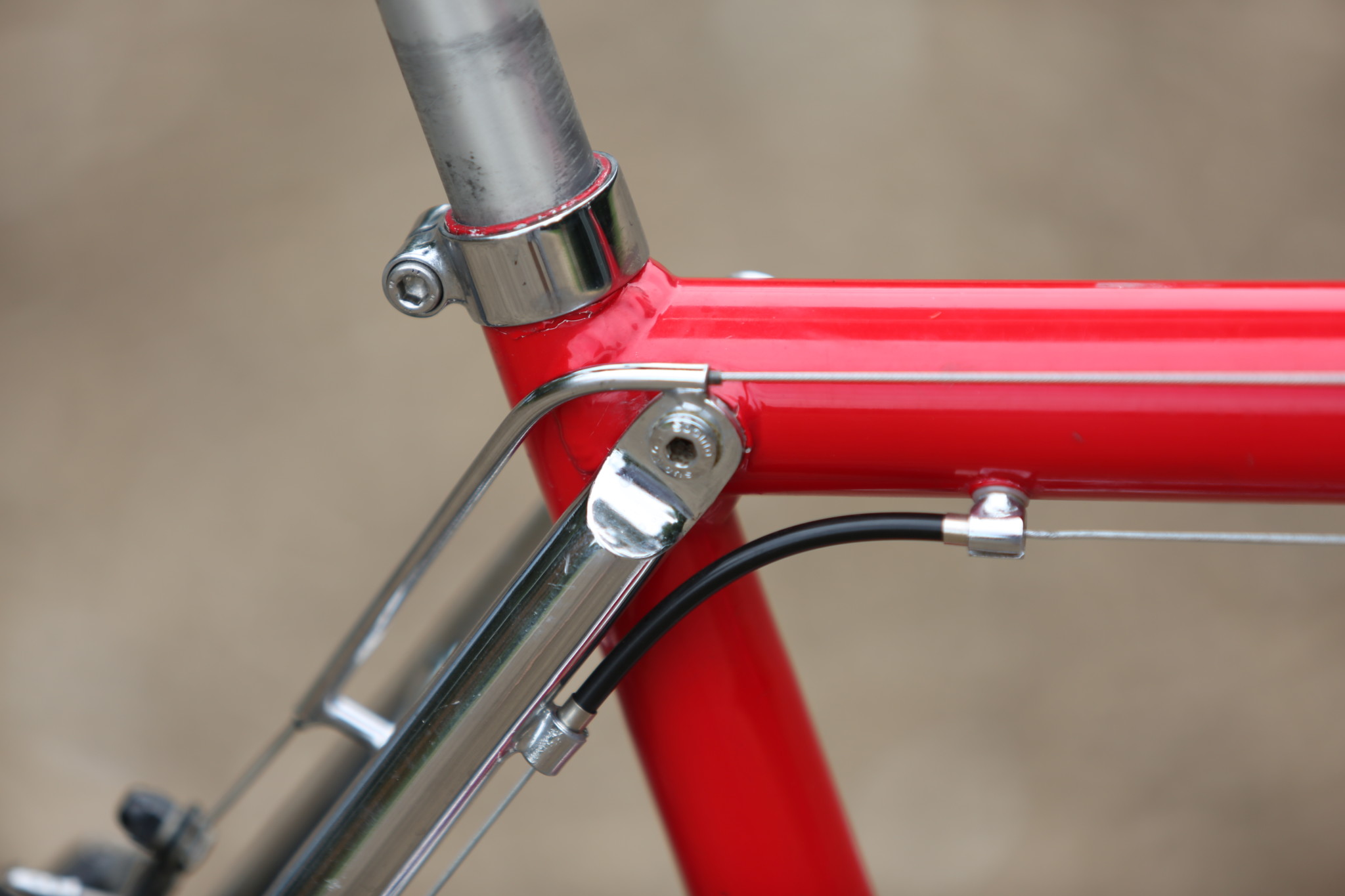Mantis
A legend in its own time
I’ve been a Mantis since the early 90s when I first saw the Pro Floater grace the pages of Mountain Bike Action in 1992. It was a time when mountain bikes we transitioning from classic hardtails to new and exotic full suspension designs and Richard Cunningham was leading the pack with his new concept. The Pro-Floater was completely unattainable and as such it represented everything I wanted at the time. Technology moved rapidly and new designs entered rapidly and by the late 90s the mythical Pro-Floater became a bargain basement special and in 2000 I managed to buy not one, but two bright red Pro-Floaters from a gentleman who was no longer riding them. My father and I each ended up with one that we built up from scratch. I remember being absolutely floored by the bike, which by that time was nearly a decade old. I recall feeling it was almost telepathic anticipating every one of my thoughts and reacting accordingly. I loved it. Unfortunately I ended up selling it to pay for my last semester of college (my father still has his) and it would take another 15 years until I had a chance to ride one of Richard’s creations once again.

Brand history
Richard Cunningham got his start in the bike business wrenching in a shop after years working on cars and motorcycles, and eventually moved up to working at Medici. After seeing his first mountain bikes, he started Mantis in 1981, and began building steel frames to the general period spec – fairly relaxed angles, long chainstays, what we now refer to as “touring” geometry, though it wouldn’t have been called that then, before the evolution of what became known as “racing” geometry. The first named model was the Sherpa, a fillet-brazed steel frame. Mark Grayson partnered in the business in the early years, welded most of the TIGed Overlands, and left just about the time the XCR came about in 1983 (To go on working with Brave and Mountain Cycle, among others). The XCR was really a pivotal point in the development of the company, and also a step towards racier bikes and the design philosophy of laterally/torsionally stiff main frames with compliant front and rear ends – it became a legendary frame in its own right. The heavily triangulated main from of the X-frame/Valkyrie continued what the oversized aluminum main triangle of the XCR started, as did the development of elevated chainstays (though perhaps too much emphasis was placed, at the time, on their elimination of “chain suck” and mud clearance issues, which really weren’t big issues in this writer’s opinion, if you were a smooth shifter using short cage derailleurs with strong return springs, or had a properly designed frame 🙂 ), which led to the Valkyrie-EC and XCR-EC, and eventually the Flying V, which took design elements from the XCR-EC, and mated them to a monocoque front “triangle” for an even stiffer main frame.
Mantis was an obvious company to head into the suspension market, in hindsight – RC took great pains to preserve the “feel” of curved fork blades in his straight blade forks, tapering the wall thickness towards the tips to allow them to flex in the same manner, eliminating a lot of the harshness that accompanied the advent of straight-blade unicrown forks on mountain bikes, while preserving their attractiveness in terms of ease and cost of construction (compared to other straight-blade rigid fork solutions to this issue such as the Koski-type, Bontrager and IRD forks). Between this and the focus on trying to pair a stiff main triangle with a more compliant rear triangle, suspension was really the logical extension of his existing rigid frame designs. Suspension-corrected geometry began to appear (when?), and eventually, along came the ProFloater, which, while looking like a fairly conventional AMP-style rear end that many a manufacturer was using, apparently has something else going for it, considering its considerable fan base even now, in the face of vastly more advanced suspension designs. Finally, after the sale of the company, Mantis partnered with GT to release the Screaming V, one of the early thermoplastic frames, which, despite this construction method falling out of favor on weight terms (as compared to other forms of carbon fiber), definitely had some engineering advantages where durability and fabrication are concerned.

In closing
Although I first experienced Mantis in the waning years of the company, with time I delved deeper and deeper into the history of the company ultimately having the chance to work on and ride some of his earlier bikes including the fillet brazed XCR and Sherpa, the composite Aluminum and Steel XCR and the famous Valkyrie. While the Pro-Floater still holds a special place in my memory, my go to Mantis these days is an 1987 X-Frame or Valkyrie. It’s a bike I feel especially lucky to own and is one of my all time favorite vintage MTBs. I hope that through some of the restorations and reviews featured on this page you get a chance to learn and appreciate the early contributions that Richard Cunningham made to the world of mountain biking which is often overshadowed by his editorial work at MBA and Pinkbike.

Completed Projects:
Current Projects:
Newsletter sign up:
Subscribe to our newsletter to receive info on our latest projects and new podcast releases
